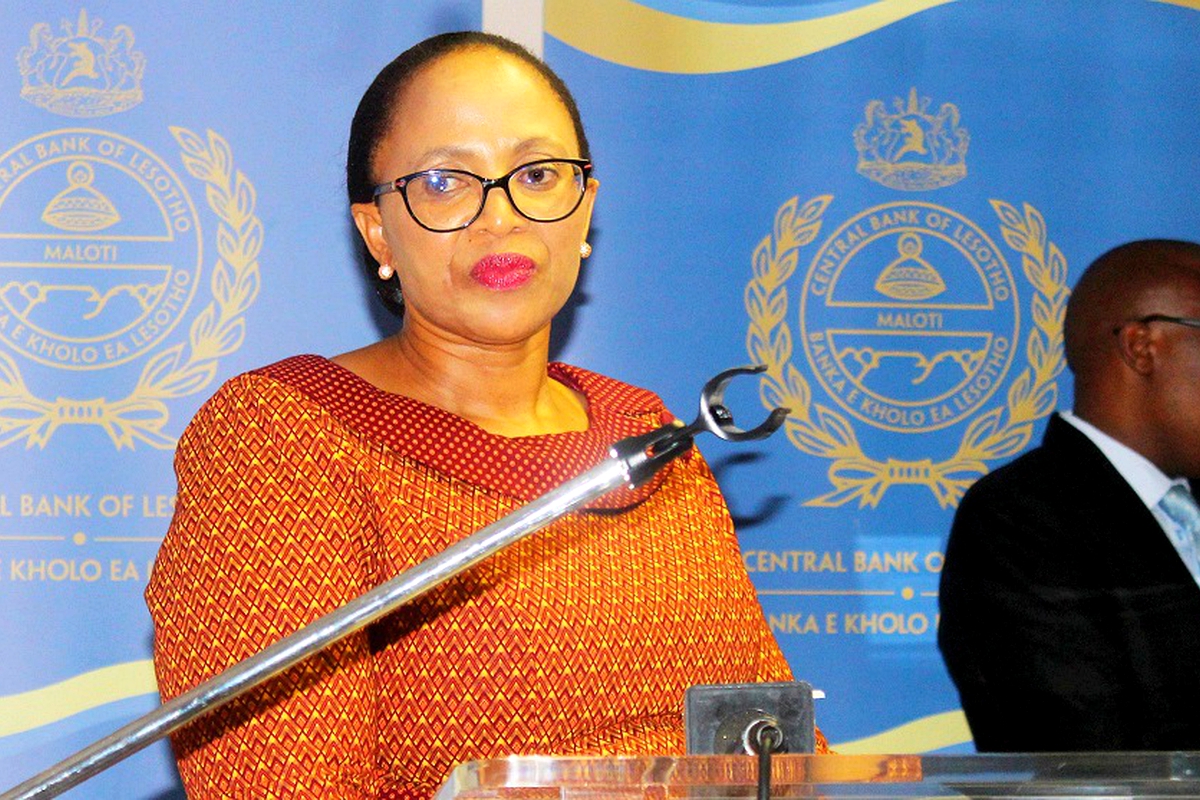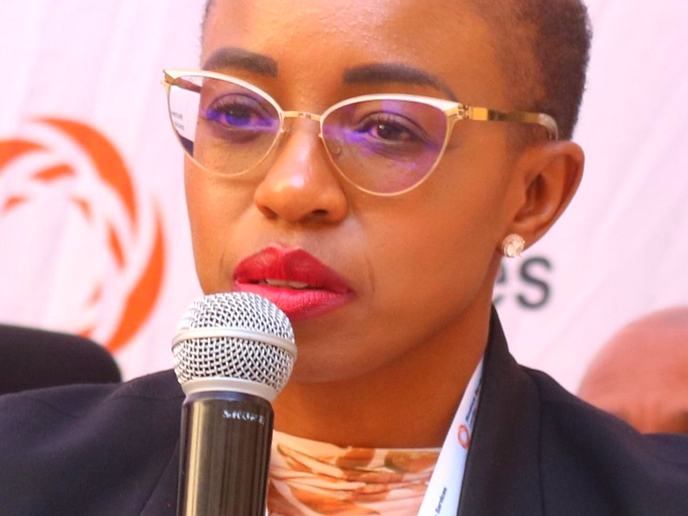FINANCIAL inclusion is central to the country’s strategies towards reducing poverty and unemployment while building a stronger and more inclusive private sector at the same time.
business
April 10, 2021
NEO SENOKO
2 min read
Financial inclusion is central to the

CBL Governor Dr Retšelisitsoe Matlanyane
The empowerment of women remains key to ensuring financial inclusion in the country, the Governor of Central Bank of Lesotho (CBL) Dr Retšelisitsoe Matlanyane revealed recently in an interview with Alliance for Financial Inclusion (AFI). Financial inclusion key towards inclusive private sector
The interview was part of the 2021 International Women’s Month celebration.
For a long time, women have been operating at the margins of the formal economy.
The role of women in the mainstream economy has been increasing over time with women’s participation in business.
“Financial inclusion is a catalyst to growth. It is therefore imperative that broad based financial inclusion is attained in order to unlock economic activity,” Dr Matlanyane said.
For a long time, developing economies have lagged behind in terms of financial inclusion.
The chronic lack of depth, according to the governor, has to a larger extent hindered financial inclusion.
However, development in technology in the recent years has brought revolutionary opportunities and broadened the scope for rapid developments of markets and products that have made financial inclusion much more possible.
Enjoy our daily newsletter from today
Access exclusive newsletters, along with previews of new media releases.
This has enabled access to markets and products as well as transactions at reasonable costs for all.
“Emerging from a background environment of low levels of inclusion, there is every opportunity to demonstrate the advantages of financial inclusion for women and designing and implementing policies that are aimed at enhancing financial inclusion for women.
“With mobile technology, for instance, the women’s savings groups have now been brought into the formal sector, thereby significantly reducing risks associated with handling cash.
“Access to credit by the members of these groups has been made much easier and efficient through mobile money platforms.
“These developments have in turn boosted the participation of women in the sector, expanding their businesses and making them more efficient as mobile payments are becoming more acceptable,” Dr Matlanyane added.
Tailored for you






